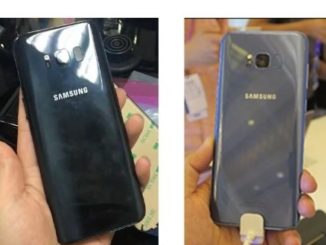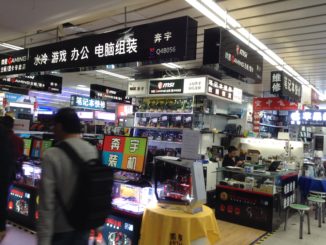The skyrocketed growth of crowdfunding is a wonderful boon to makers who finally can get support from backers to turn their ideas into reality. It’s particularly popular in electronic industry that requires more technological innovations.
$100K is usually considered as a standard point of a successful campaign that many electronics crowdfunding projects have raised last year. However, is $100k enough to complete the project? It’s not simply bringing the money to the factory and have the products made, rather, the result is quite contradictory as 4 out of 5 electronic campaigns failed to ship in time since most teams underestimate the process of DFM (Design for Manufacturing).

Are you preparing to start an electronics crowdfunding campaign? Here is a list of factors to help you start with the research.
Table of Contents
7 tips for crowdfunding your electronic gadgets
Costs of electronic modules for mass production
It’s easy to start an electronics crowdfunding campaign on Kickstarter or Indiegogo with the amazing electronic modules companies like SeedStudio and Sparkfun provide since the price is not that expensive for a prototype. However, for mass production the pricing level might not be acceptable to the market, which most teams tend to neglect at the earlier stage.
Lead time for competitive components
In China, you can easily find an extensive range of Bluetooth and GPRS modules at affordable rates from different suppliers, however, it’s time-consuming to order samples, test and interacting with each supplier especially most of them don’t speak English or speak very limited English. You might end up finding that the one with best performance is suddenly out of stock and the lead time can take over one month.
You might find it in Huaqiangbei electronic markets, however, the chances are high that the components are old, recycled or imitated.
For custom made components it would require a bigger moq of at least 2k pieces as they’re fed into the automated assembly machines and are usually sold on reels. So for the first batch you would likely to order much more than what you actually need, and it’s almost impossible to get credits from the factory as a new customer.
Design for manufacturing
The PCB board must be redesigned and firmware rewritten once key components like Bluetooth and processor are changed. The new electronic design then have to be prototyped, tested and adjusted if there should be any improvements. A second PCB should also be customized with components mounted on it again, and test if they can pass the FCC & CE certification tests.
Another challenge is it might be hard to consider all China manufacturing aspects if the design team is in another country without a solid knowledge of electronics manufacturing in China. It might have to be redesigned or modified to meet the manufacturing specifications.
Costs of injection molds
Though 3D printing is ideal for electronic prototyping in China, injection molds are irreplaceable if you have to make several thousand sets of plastic parts. Different from the affordability of 3D printers, injection molds are much costly, starting from $10k and takes about 2 months to finish.
Extensive field testing
A recall of faulty products can easily kill a company, that’s why some big brands invested a lot on extensive field testing on the pilot run before mass production. It’s suggested to ship samples to beta testers around the world to test for few weeks.
Long established factory or small factory
The biggest pitfall about electronics crowdfunding projects is they’re not favor by long established manufacturers as small quantity, warehousing facilities, flexibility to adjust at the early stage. Small factories might be willing to try but usually the process wouldn’t be as fast and smoothly as experienced ones.
It’s common that some teams launched the campaigns on Kickstarter and Indiegogo with a not hard to make prototyping video, got backers and reached their goal, only at that time did they realize they were not ready for manufacturing, long delays in shipping or never shipped, leading to public condemnation from their backers.
Get extra funding
Reaching $100K might sound like the project is successful, however, it might barely be enough to cover the complete process. $100K is a solid indication that people are willing to spend on your products, and it’s easier to find additional investors with that proof.
When an electronics crowdfunding project is getting heated on the internet it’s prominent that there’re always China electronic manufacturers working on lower cost versions, which means that there would be competitors springing up with enhanced versions of electronic gadgets at more affordable rates. The longer it takes to complete the project, the market shrinks rapidly every month.
Having your DFM ready before launching electronics crowdfunding projects will give more confidence to the team in the later stage of product development and manufacturing. However, very few startups get investors on board with funds to do engineering and test before launching. Getting additional funds as backup certainly prevents the dying of the projects when the likely sufficiently raised money runs out.



Leave a Reply